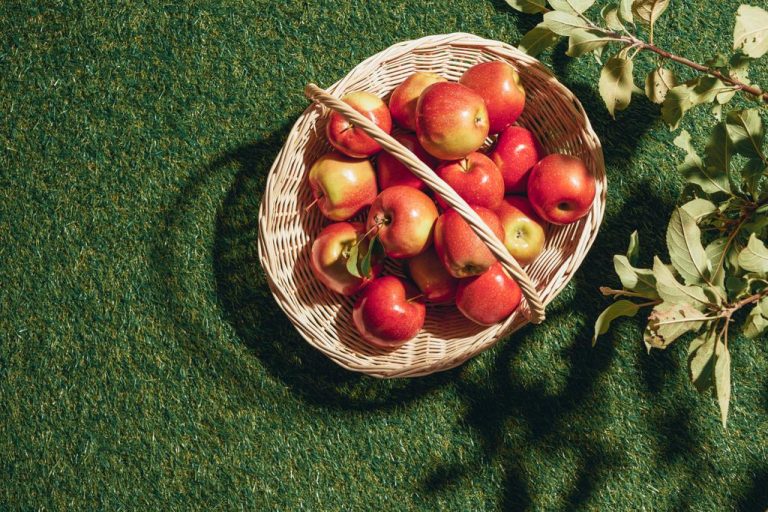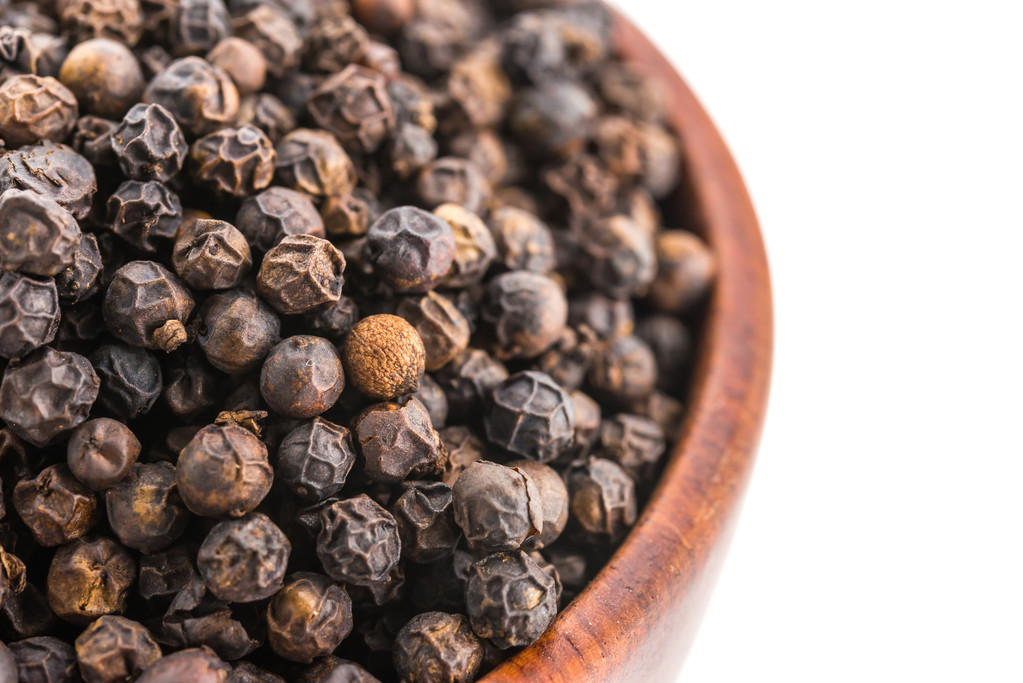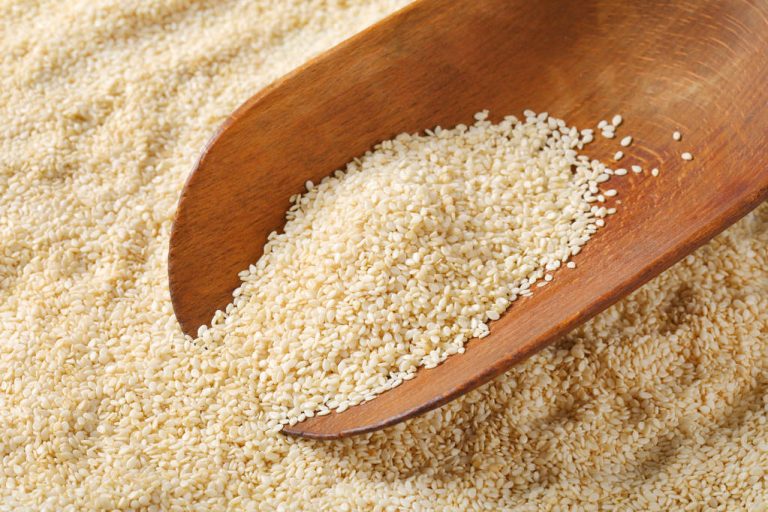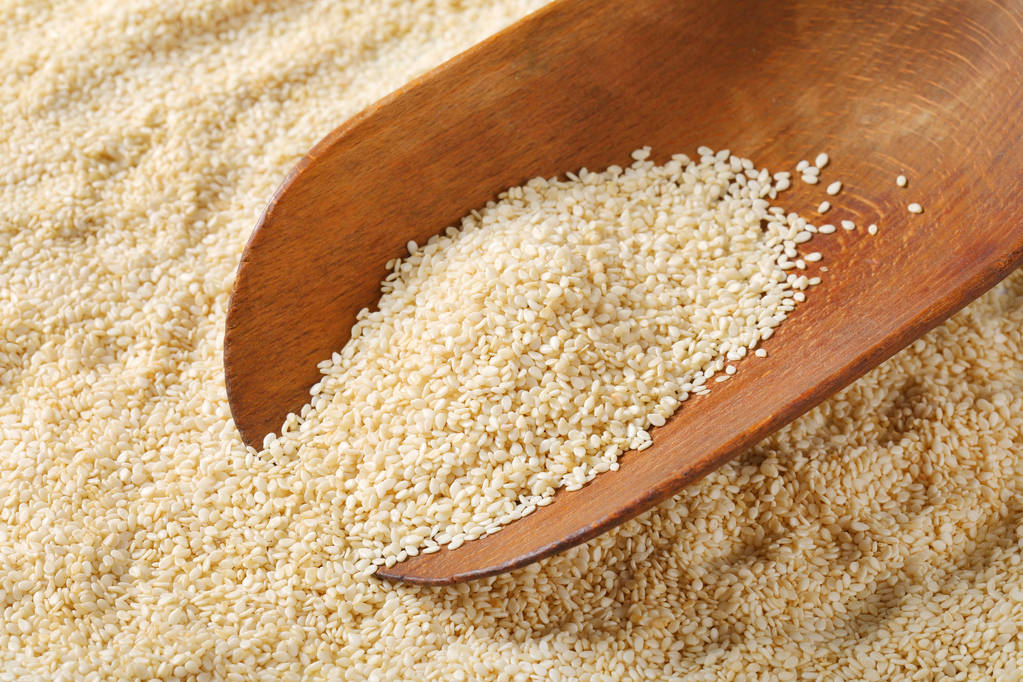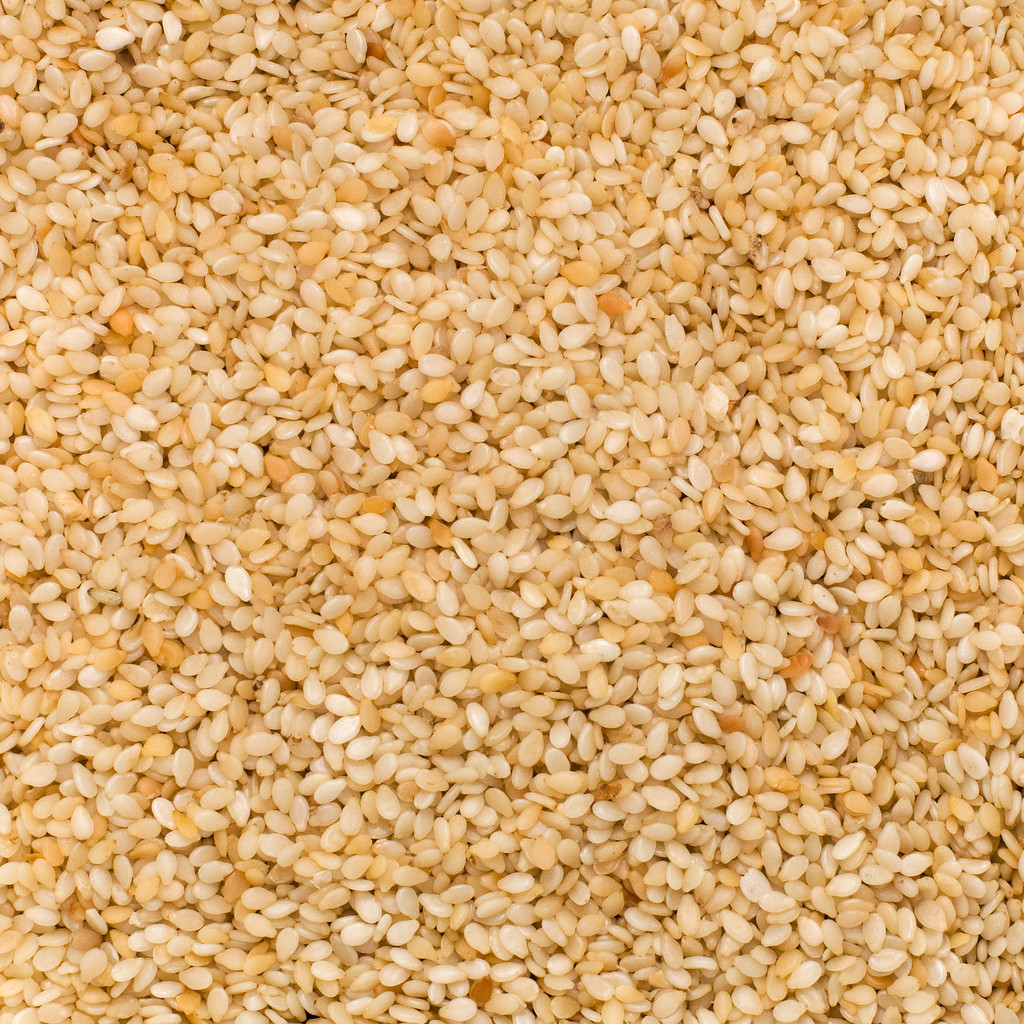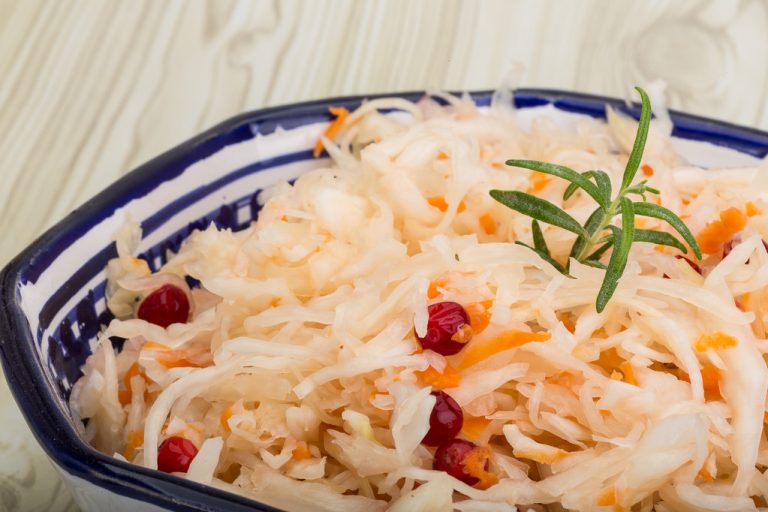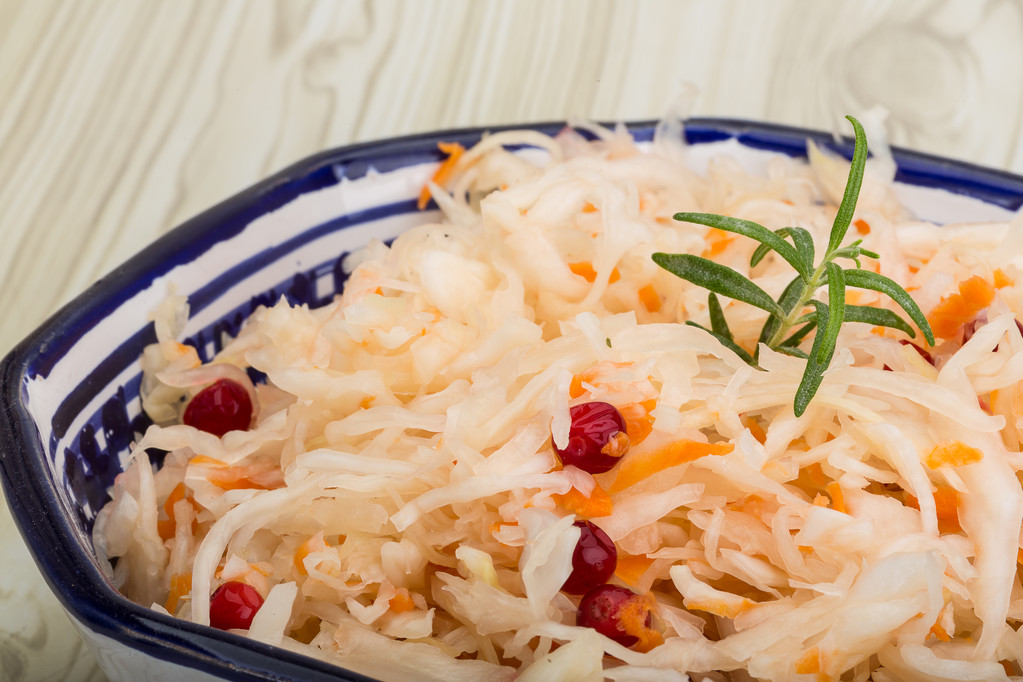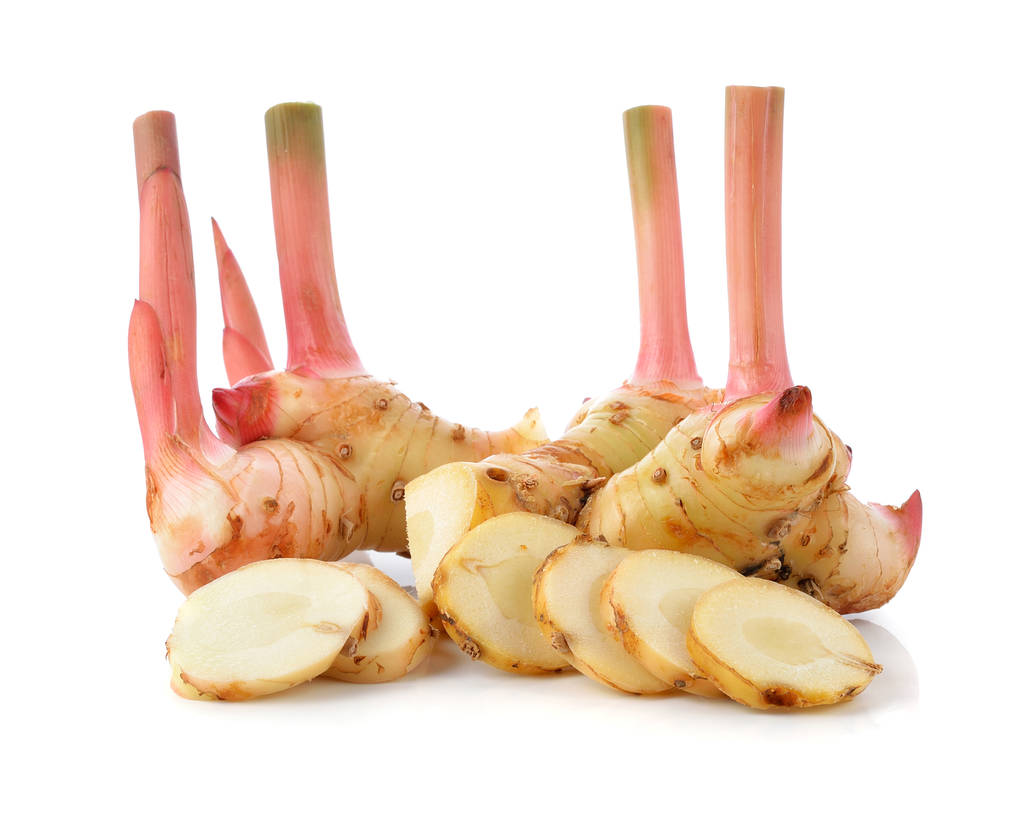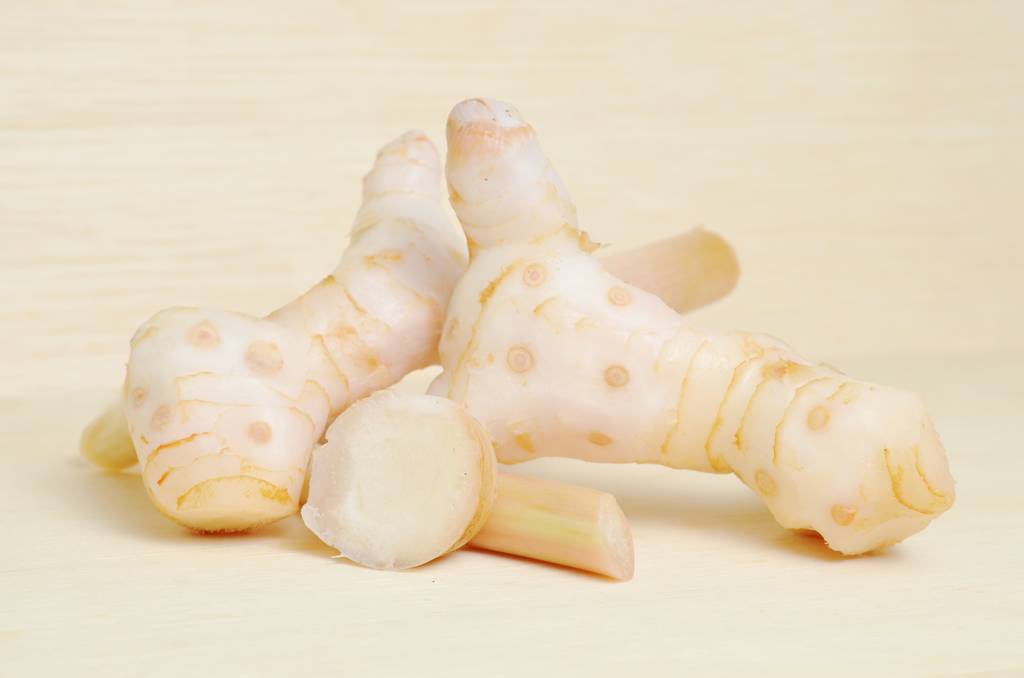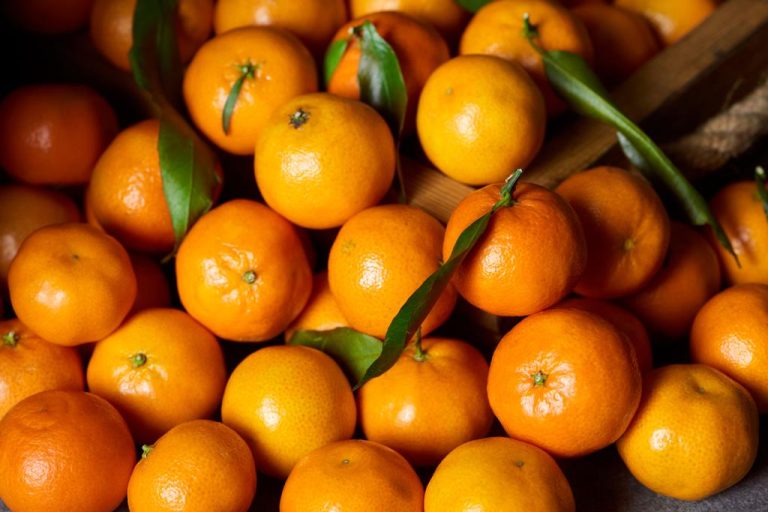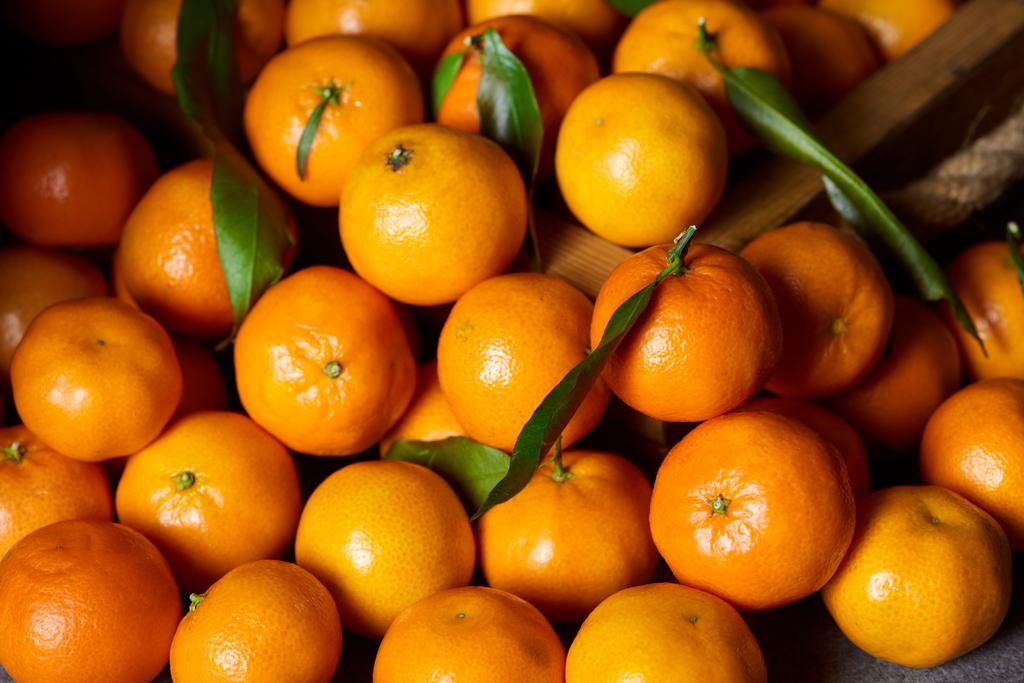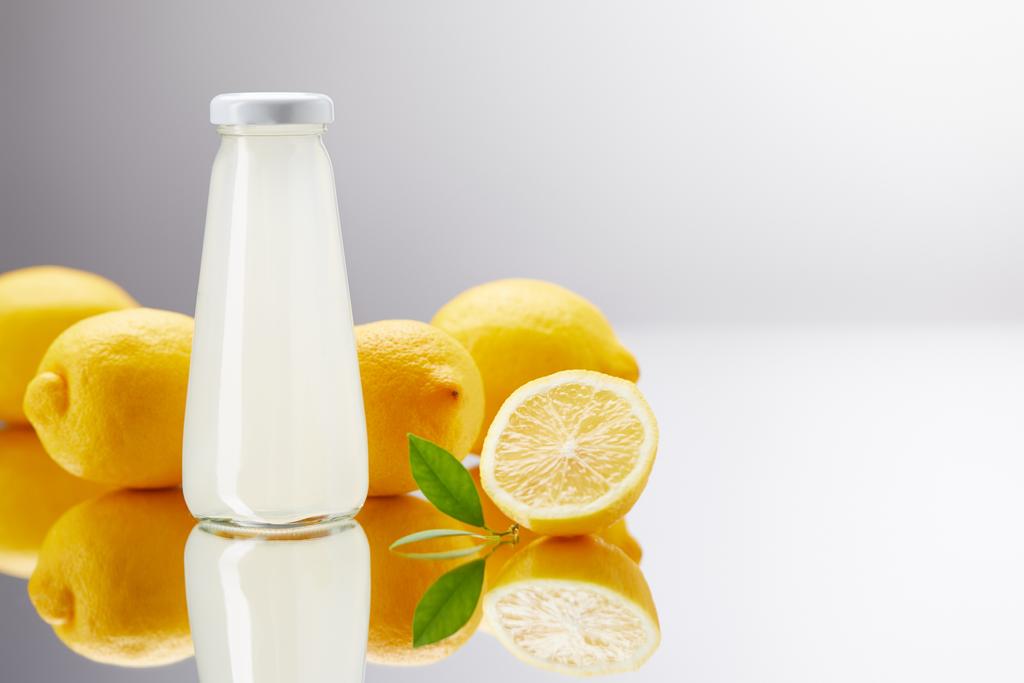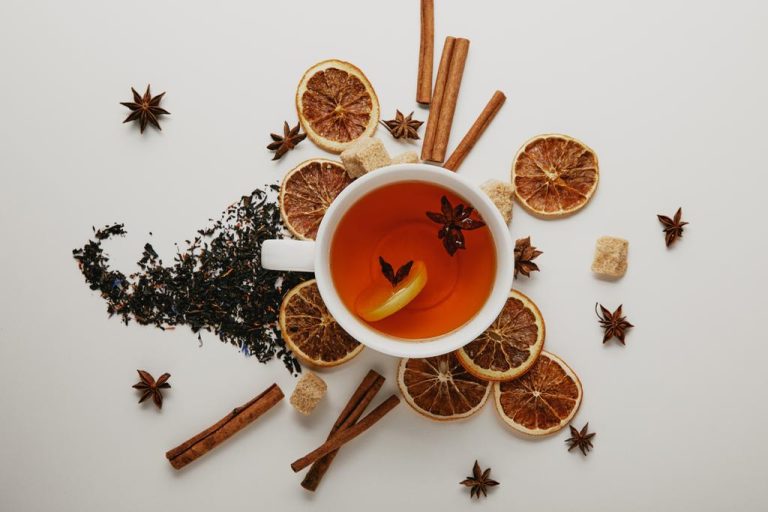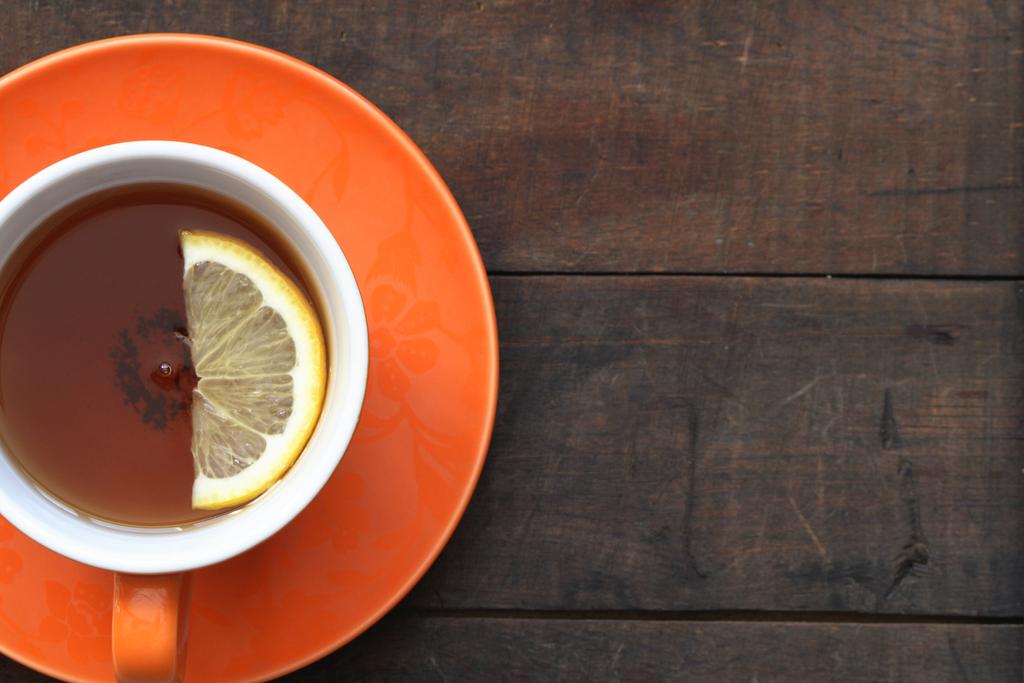Yellow tea, like green tea, is considered a true miracle cure for health. For a long time, the noble tea was reserved for the Chinese emperor.
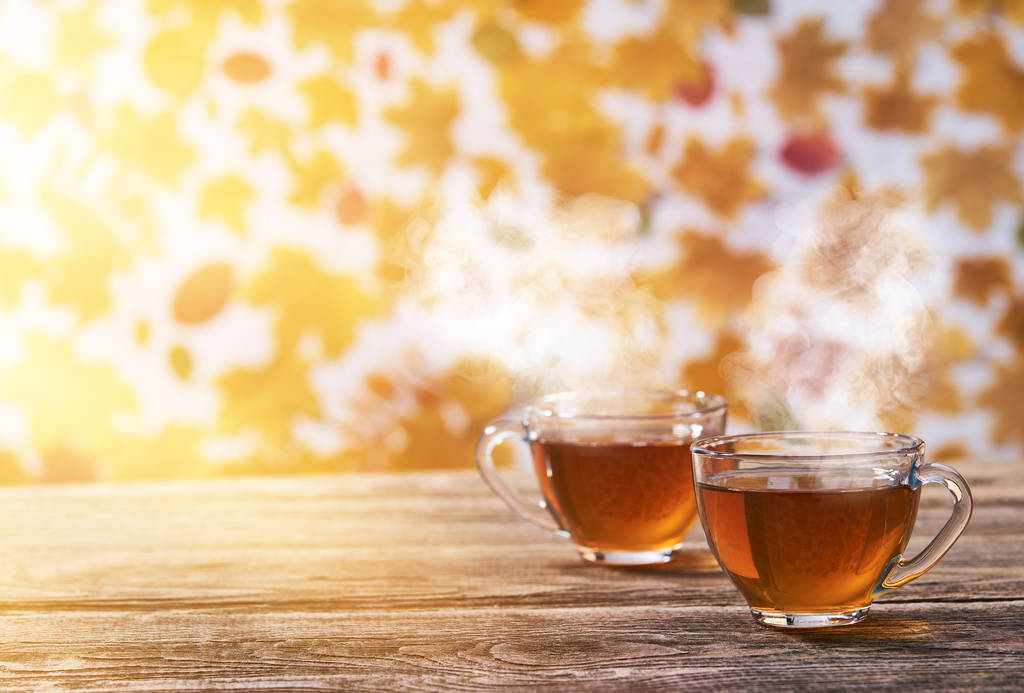
What is yellow tea?
Yellow tea is a very rare type of tea that is closely related to green tea. Yellow tea owes its name to the straw-yellow color of its infusion. It is produced exclusively in China and is a rarity in this country.
Like all other classic types of tea, yellow tea is made from the tea plant. Its production is very similar to that of green tea. The freshly picked tea leaves are initially left to wither. Yellow tea is then wrapped in a special cloth and gently heated in a pan over a period of three days. As a result, it oxidizes easily. This step is called “yellow sealing”. It ensures that the sometimes grassy and astringent taste that one knows from green tea disappears. The yellow tea is then roasted.
Even in China, only a few tea producers are familiar with the production of yellow tea, as it was reserved exclusively for the Chinese emperor for a long time. In addition, most Chinese tea producers mainly produce green tea, which is easier to process, for economic reasons. Green tea is one of China’s most important exports to Europe.
How to prepare yellow tea and what is its effect?
You can prepare yellow tea just like green tea. It is best to let the water cool down to 80 to 85 degrees Celsius before pouring it on. This makes the tea more aromatic, since fewer aromatic substances are destroyed or evaporated. It is best to steep yellow tea for 30 seconds. You can infuse it four to five times to enjoy its full spectrum of aromas.
Yellow tea, like green tea, is considered to be particularly healthy. Scientific studies have shown that yellow tea:
has an antioxidant effect and protects our body from free radicals.
has an anti-inflammatory effect and thus prevents the development of civilization diseases such as cardiovascular diseases and diabetes.
may prevent the development of cancer. This is not certain, however, since the studies available on this subject sometimes contradict each other. For example, the authors of this meta-analysis were unable to establish a link between tea consumption and the five most common types of cancer.
In one study, Chinese researchers found that yellow tea has the second-highest levels of polyphenols and antioxidants after green tea. White and black tea fared significantly worse. A large part of the health effects of tea are based on the polyphenols and antioxidants it contains. The studies suggest that yellow and green tea have more health effects than black tea.
You should consider this when buying yellow tea
Because yellow tea is so rare and expensive, it’s best to only drink it on special occasions. While green tea is now used in all sorts of products, such as cakes, shampoo, or bath salts, yellow tea is not a product for the mass market.
You should only buy yellow tea from a tea retailer that you trust. Unfortunately, it is not uncommon for teas produced in China to be counterfeited. In particular, noble varieties such as Puerh or yellow tea are repeatedly affected. Therefore, only buy yellow tea from reputable dealers and never from unknown online shops in China. This is the only way you can be sure that you are getting a good product.
Unfortunately, long transport routes cannot be avoided for yellow tea, as it is not produced in Europe. One more reason to only enjoy the tea on special occasions. Since the working conditions on many tea plantations are poor, you should always use fair trade organic tea.


